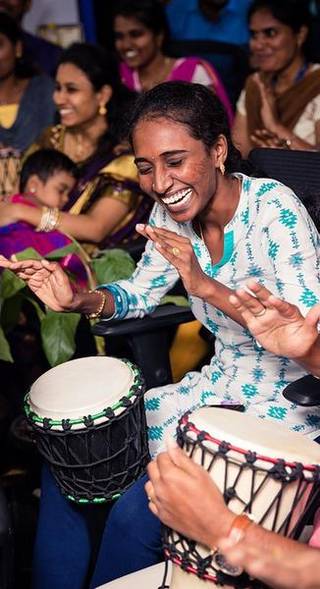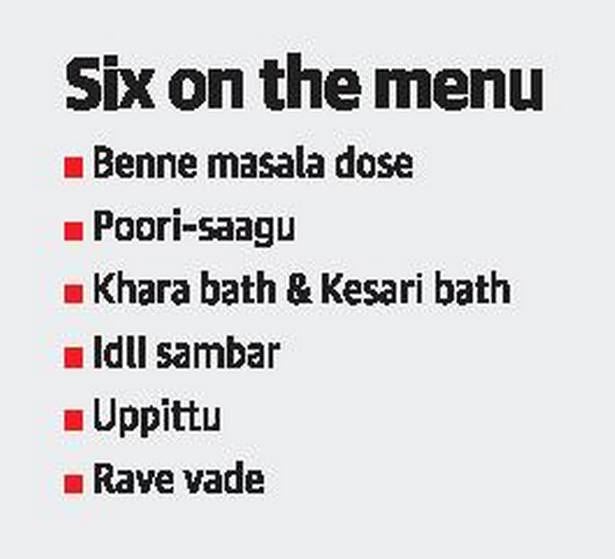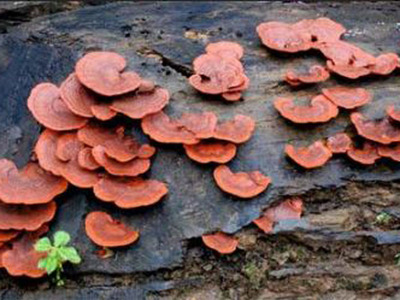India’s first Aston Martin V12 Vantage AMR has been delivered in Bangalore. The car has been finished in Zaffre Blue with Speed Red Graphics paint scheme
The new Aston Martin V12 Vantage shares garage space with a number of other supercars. This includes the country’s first Lamborghini Aventador SV and the Mercedes-Benz AMG GT-R.
Other supercars in the garage: Lamborghini Huracan, the Huracan Performante, Porsche 911 Turbo S, 911 GT3, Boxster S, Cayenne Turbo and the Range Rover SVR.
The Aston Martin Vantage AMR is limited to a production number of just 300 units. With 100 units of the V12 and 200 units of the V8 engine. The Vantage AMR in Bangalore is the 11th of the 100 units, with the V12 engine available in the world.
The new Aston Martin Vantage AMR comes with a 6.0-litre V12 engine producing 595bhp. The engine is mated to an automatic manual paddle-shift gearbox as standard. With a 0 – 100km/h time of just 3.6 seconds, the V12 AMR is said to be the most powerful road-going Vantage yet.
The new Vantage features the AMR Aero kit. This kit includes carbon fibre inserts, along with a front splitter, dive planes, plus side sills and a fixed rear spoiler. The car also features the optional forged aluminium wheels and the AMR’s Titanium Exhaust.
The Vantage AMR was first launched at the 2017 Geneva Motor Show. It is the first series production car from Aston Martin’s performance range. The car takes direct inspiration from the Aston Martin Racing’s participation in the FIA World Endurance Championship. The Aston Martin Vantage AMR series is available in both coupe and roadster versions for the V8 and V12 options.
Thoughts On India’s First Aston Martin V12 Vantage AMR
The new V12 Vantage AMR shares garage with other exclusive supercar collection in the country. This Vantage AMR recently delivered is the first in the country, while its exclusivity is maintained to just 100 units worldwide.
Source: SupercarsInBangalore
source: http://www.drivespark.com / DriveSpark / Home> Four Wheelers / by Rahul Nagraj / May 23rd, 2018










